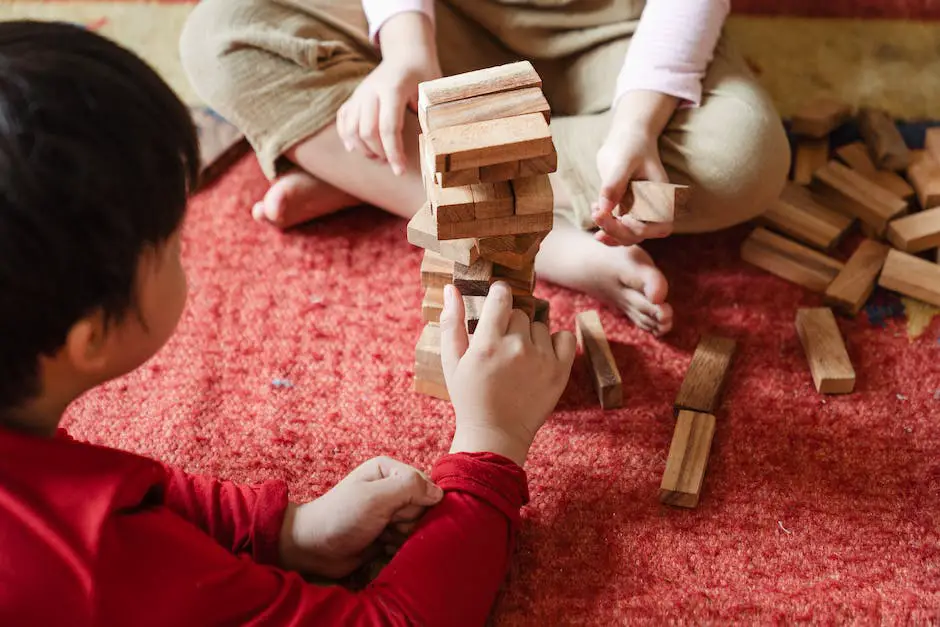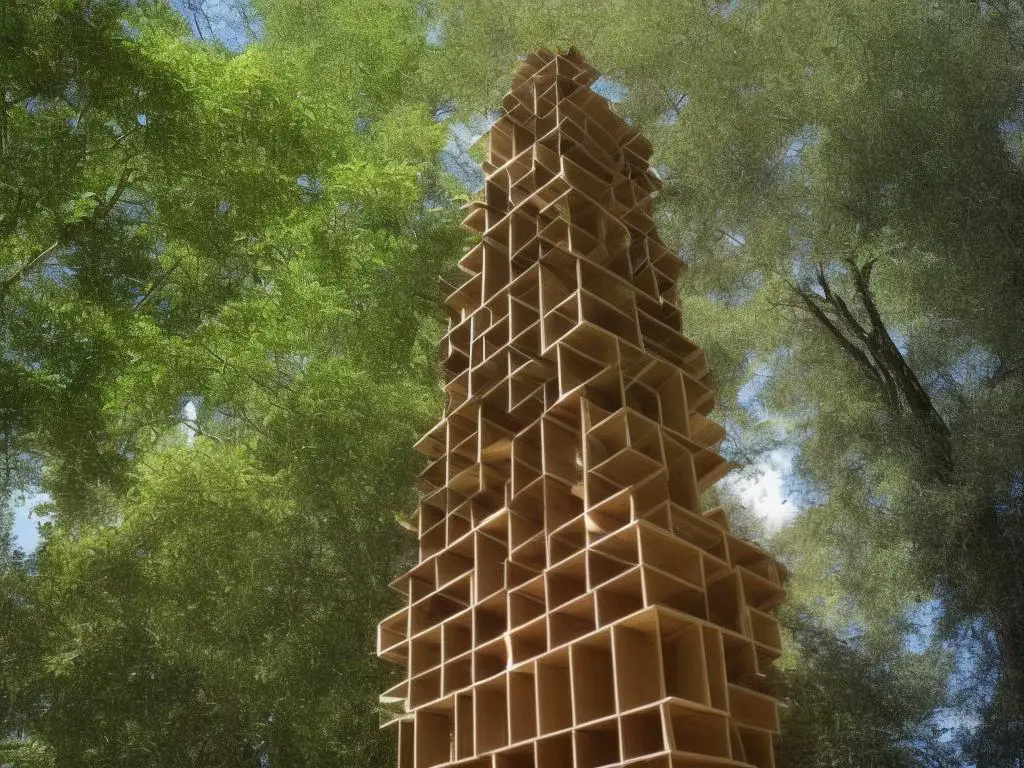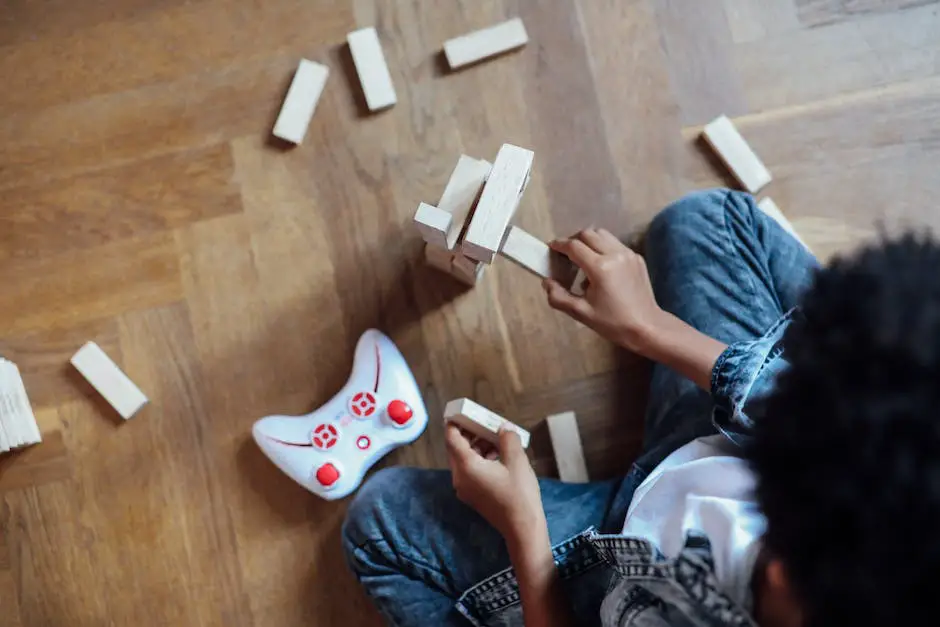Embarking on the journey to conquer the game of Jenga requires not just a firm hand and a clear eye, but an intimate understanding of the game’s rules and how to use them to your advantage. With the inherent unpredictability and strategic depth seen in this deceptively simple board game, familiarizing oneself with the ins and outs can lead to an immediate edge during play. For anyone who’s ever taken a casual swipe at the block tower only to see it come tumbling down, this detailed guide on Jenga aims to shed a critical light on the base rules, clever techniques, and the importance of practice and scenario analysis in the game.
Understanding Jenga Rules
Understanding Jenga Rules: A Guide for Beginners
Comprehending the base rules of Jenga is vital for enjoying this classic, tower-building game. Following a careful setup and sequential turn-taking, the suspense of the game gradually amplifies until the tower’s collapse. Here is how to get started.
Game Setup
- To set up Jenga, create a tower layer-by-layer. Each layer consists of three wooden blocks placed alongside each other. The layers should alternate directions. For instance, if the blocks in one layer run horizontally, then those in the next layer should run vertically. This alternating pattern continues until the tower is complete, usually with 18 levels.
- The game starts with the person who built the tower.
Taking Turns
- When it’s your turn, select and remove one block from any level of the tower using only one hand. You can nudge blocks to find loose ones that can be removed without disturbing the rest of the tower. But once you’ve touched a block, committed to it, you must remove it.
- After removing a block, place it on top of the tower to add a new level. Remember to complete a full three-block layer before starting a new one. Generally, blocks removed from below the highest complete layer are used for rebuilding.
Game Progression
- The game proceeds clockwise from the starting player. Each competitor must wait until the previous player has completed their move, confirmed by placing the removed block on top and successfully balancing the tower for 10 seconds.
- With each turn, the tower gets less stable and the game more suspenseful.
Collapse and Winner Determination
- The game ends when the tower collapses. The goal is not to be the person who makes the final, game-ending move. If you topple the tower, you lose, and the game is over.
- The winner is the person who successfully placed their block on the tower before it fell. So, if the tower collapses during someone’s turn before they’ve had a chance to place their block on top, the last person to complete a move without causing a collapse is the winner.
Understanding Jenga’s basic rules is simple, even for beginners. Just remember, the key to mastering Jenga involves selecting the right blocks to remove and placing them cautiously at the top. Practice your skills at balance and steady hand movements, and you’ll be a Jenga pro in no time!

Strategies and Techniques
The Gentle Art of Soft Touch
The soft touch technique in Jenga involves using a light touch and a steady hand to remove blocks. Practice your soft touch by gently probing each block to find one that is loose. It’s not about strength; it’s about finesse and finding the balance. Keep your movements smooth and slow to avoid abrupt shifts that could destabilize the tower.
The Middle Block Strategy
Playing safe is a great strategy in Jenga. Generally, removing a block from the center is safer than removing from the sides. The structure remains balanced when a block is removed from the middle. But beware, the game becomes trickier as more and more blocks are removed from the center.
Choose Blocks Strategically
Not every block is a good block to remove. Some blocks are load-bearing and critical to the tower’s stability. But how do you know which is which? You’ll want to test each block by gently nudging it with your fingers. If it gives easily, it’s likely a safe block to remove. Otherwise, leave it alone.
The Slide and Nudge Tactic
Slide and nudge tactic is an advanced Jenga move that can take some practice, but is incredibly effective. Instead of pulling a block out, you slide it out slowly to one side, nudging other blocks into place as you go. This keeps the tower stable, even as you’re removing a block.
Identify Weak Spots and Create a Shaky Tower for the Next Player
Good defense is an excellent offense in Jenga. By forcing your opponents into difficult plays, you increase your chances of winning. Look for plays that will leave the tower unstable for the next player. For example, leave only one block on a layer, instead of two. This will force your opponents to remove blocks from a higher, more unstable, level of the tower, increasing their chance of toppling it. However, remember to keep the balance yourself, as a too shaky tower could backfire.
Conclusion
In the end, while skill and strategy are important, remember that Jenga is ultimately a game of fun and suspense. As you play more, you’ll naturally get better at seeing potential weak points and developing the steady hands needed to become a Jenga expert. Now, the real secret to Jenga? Stay true to the game, keep practicing, and always enjoy the suspense of the staggering tower.

Practice and Scenario Analysis
Understanding Jenga: The Game of Patience and Precision
Jenga is a game of physical skill and concentration, where players remove one block at a time from a tower and reposition it at the top. The goal is to dismantle and rebuild the structure without causing the tower to collapse. While the game fundamentally revolves around gravity, balance, and the slightest touch, there are strategies and techniques you can use to enhance your performance.
Practicing Different Scenarios
Just as with any skill, practice in Jenga is key. As each Jenga tower is unique, every game can offer you a different learning experience. Devote time to repeatedly setting up and playing the game. This way you familiarize yourself with different block conditions – tight blocks, loose blocks, blocks in different tiers, blocks on the sides or center, etc.
Try to understand the physics that underlie the game. Notice how removing specific blocks affects the stability of the entire structure. Be aware of patterns. For instance, removing center blocks typically leaves a structure more balanced than removing side blocks.
Exploring Unique Strategies
Once you feel comfortable with the mechanics of the game, you can start experimenting with strategies. One popular method is “The Slice”, where you delicately shift a block from the tower’s base, causing the structure above to drop down slightly. This often means the bottom of your tower has only one centrally-located block, providing a robust foundation.
Another strategy is “The Hat”, where you only stack the blocks on the top row, leaving an empty row below. This strategy makes your opponent work with a shiftier tower and might increase your chances of winning.
Bear in mind, strategies can be situational and they may even backfire at times. Thus, don’t limit yourself to one plan of action. Practice and experience with these varied methods will build up your adaptability, a key trait for becoming a pro at Jenga.
Analyze the Game Stages
Analyze the different game stages to understand how the tower’s stability shifts over time. A Jenga tower tends to be most stable at the beginning of the game when it’s complete. As the game progresses and blocks are removed, the balance progressively becomes more precarious.
It is also important to anticipate moves. If you spot a hard-to-move block up next, set up your present move such that it complicates your opponent’s next turn. If you anticipate and exploit your opponent’s next move, you can put them into a potentially game-ending position.
Practicing scenario analysis is a tool to help you understand the potential outcomes and probabilities of different decisions. You’ll start to learn that certain moves have a higher risk of causing a collapse than others. Use this knowledge to your advantage, especially if it’s your opponent’s turn next.
In conclusion, play, explore, analyze, and learn to understand Jenga better. Mastering the game is not just about having a steady hand, but also about developing a keen sense of observation, game understanding, and strategizing effectively. Jenga, just like life, is all about maintaining balance!

Diving deep into Jenga’s core rules, honing your skills through different strategies and techniques, and nurturing these techniques through consistent practice and scenario analysis all contribute to a comprehensive understanding of the game. With these insights and rigorous drills, you create the potential to surprise yourself and others with your newfound deftness and strategic acumen. Moving forward, may the tower of Jenga blocks stand as a challenge you’re always ready to meet with a gentle touch, a calculated approach, and a keen spirit of fun and competition.
For more great games, check out our homepage.